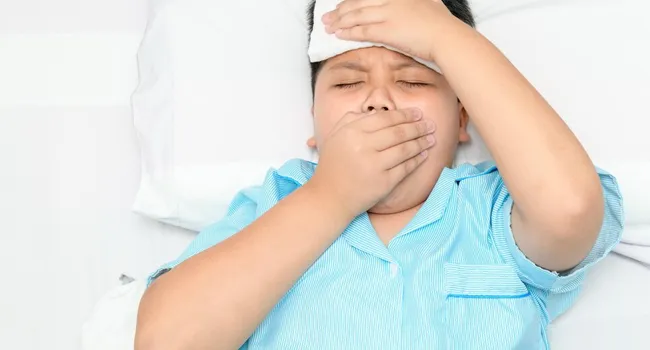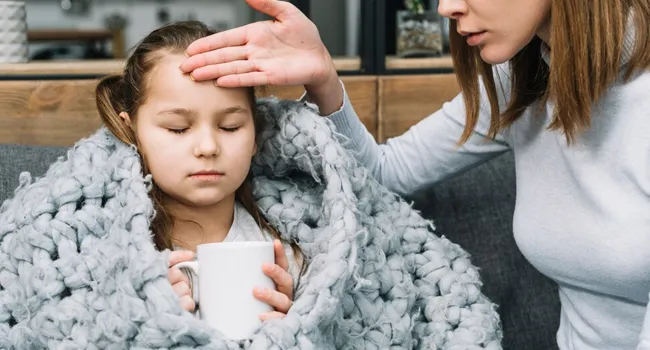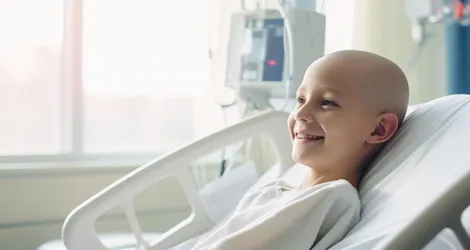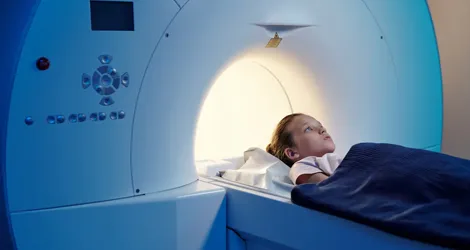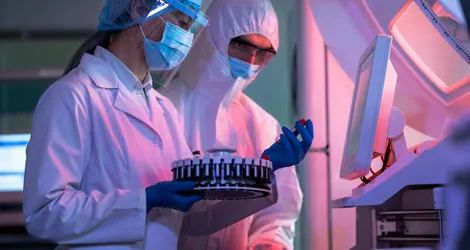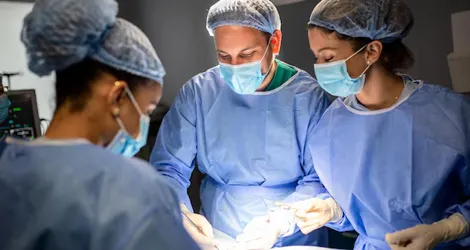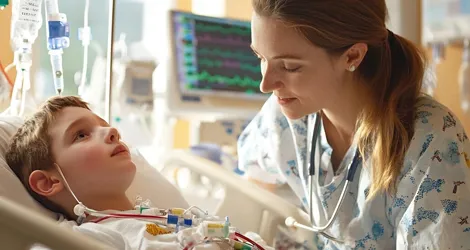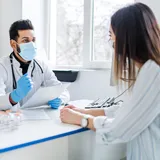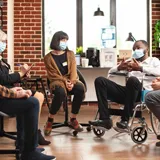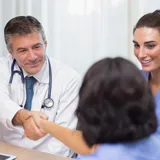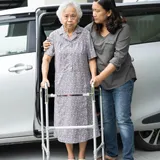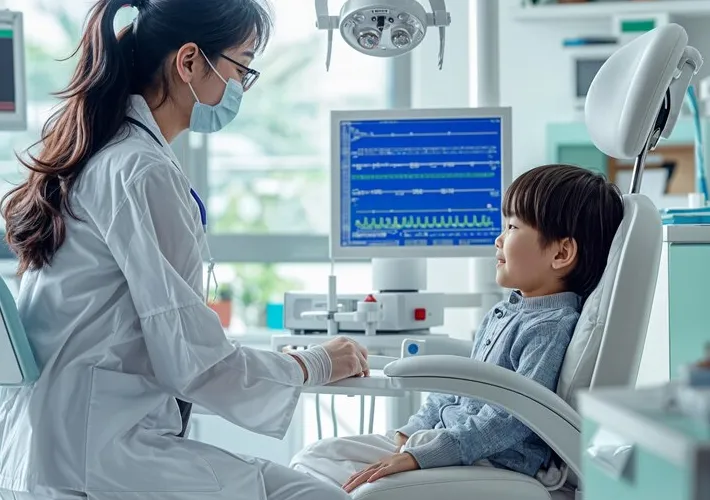Overview
Childhood cancer is cancer found in young children (from infancy up to age 14) and teenagers (ages 15 to 19). Common types include leukemia, lymphoma, brain tumors, and other solid tumors. These cancers are rare, but many can be treated successfully. Today, over 80% of children and teens with cancer are still alive five years after they are diagnosed.
Childhood cancer describes a group of cancers that affect children from birth through age 19. It includes pediatric cancers, which are found in infants and younger children up to age 14, and adolescent cancers, which occur in teens between 15 and 19 years old. Each type of childhood cancer is different and may require its treatment plan. Leukemias, brain tumors, and lymphomas are among the most common types seen in this age group.
Around 15,000 children are diagnosed with cancer each year in the U.S. While most kids respond well to treatment, and over 80% live at least five years after diagnosis, the journey doesn’t end there. Childhood cancer and its treatment can affect a child’s growth, development, and long-term health. Ongoing care is needed to monitor and manage any lasting effects, making follow-up support an important part of life after treatment.
The cancers that affect children are often different from those seen in adults. These are the most common types found in kids:
- Leukemia: Leukemia is the most common cancer in children. It begins in the bone marrow and blood. The two main types in kids are acute lymphocytic leukemia (ALL) and acute myeloid leukemia (AML). “Acute” means the cancer grows fast, so it needs quick treatment.
- Brain and Spinal Cord Tumors: These are the second most common cancers in children. There are many kinds, and each needs different treatment. In children, most of these tumors start in the lower parts of the brain, like the cerebellum or brain stem.
- Neuroblastoma: This cancer starts in immature nerve cells and is most common in babies and very young children under 5. Sometimes it can even be found before birth during a pregnancy scan.
- Wilms Tumor: Wilms tumor begins in one or both kidneys. It is usually found in children around 3 to 4 years old. A swollen belly or lump is often the first sign. Other symptoms can include fever, pain, nausea, or poor appetite.
- Lymphoma: Lymphoma starts in the immune system cells called lymphocytes. It usually shows up in the lymph nodes, tonsils, or thymus. It can also spread to the bone marrow or other organs. Signs include weight loss, fever, tiredness, night sweats, or lumps in the neck, underarms, or groin.
- Rhabdomyosarcoma: Rhabdomyosarcoma (RMS) begins in muscle cells that help the body move. It can grow almost anywhere but often shows up in the head, neck, bladder, reproductive organs, arms, legs, or belly. It may cause a lump, pain, or swelling.
- Retinoblastoma: This cancer starts in the retina, which is the back part of the eye. It mostly affects babies and children under 6. It’s often noticed when a child’s eye looks unusual—like when the pupil appears white or pink in photos or under light.
- Osteosarcoma: Osteosarcoma is the most common bone cancer in young people. It usually happens in teens but can affect younger kids too. It often starts in the bones of the arms, legs, or pelvis and may cause pain or swelling.
- Ewing Sarcoma: This is the second most common type of bone cancer in children and teens. It usually starts in the pelvis, ribs, shoulder blades, or legs. Like osteosarcoma, it can cause pain, swelling, or a lump.



